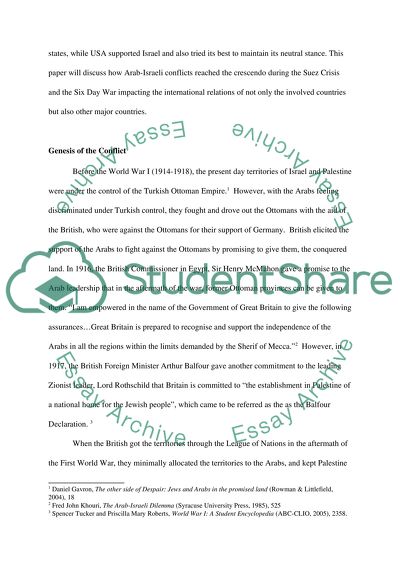Cite this document
(“Arab-Israeli Conflict and its impacts on International relations Research Paper”, n.d.)
Retrieved from https://studentshare.org/history/1396570-arab-israeli-conflict-and-its-impacts-on-international-relations
Retrieved from https://studentshare.org/history/1396570-arab-israeli-conflict-and-its-impacts-on-international-relations
(Arab-Israeli Conflict and Its Impacts on International Relations Research Paper)
https://studentshare.org/history/1396570-arab-israeli-conflict-and-its-impacts-on-international-relations.
https://studentshare.org/history/1396570-arab-israeli-conflict-and-its-impacts-on-international-relations.
“Arab-Israeli Conflict and Its Impacts on International Relations Research Paper”, n.d. https://studentshare.org/history/1396570-arab-israeli-conflict-and-its-impacts-on-international-relations.


